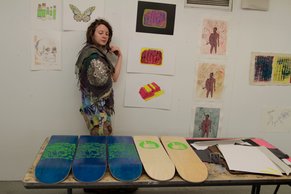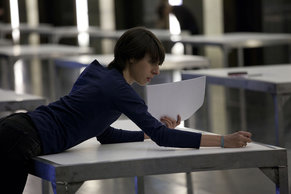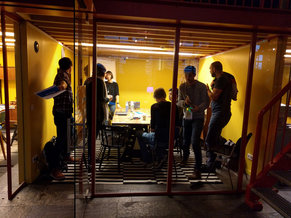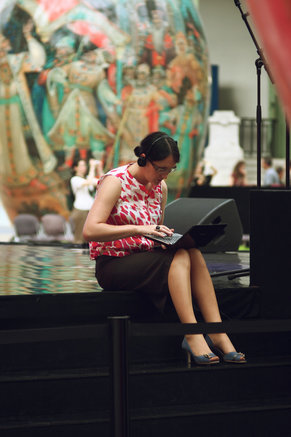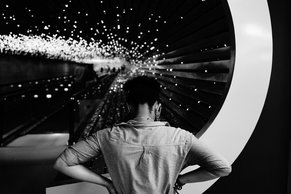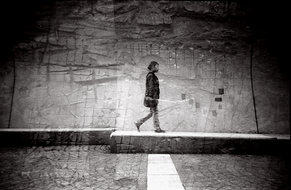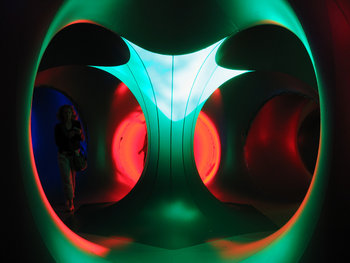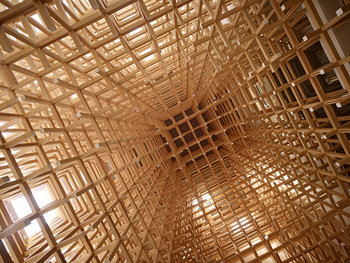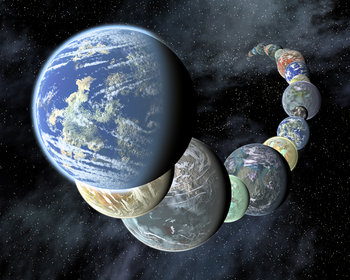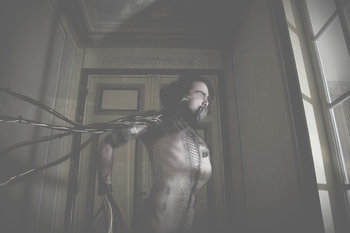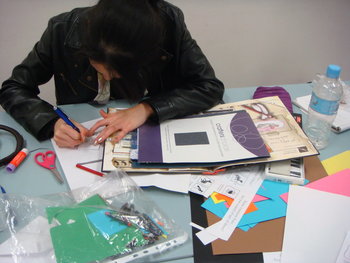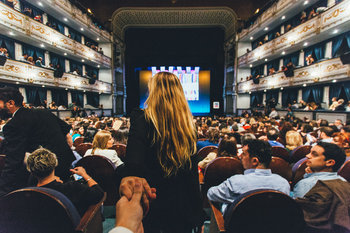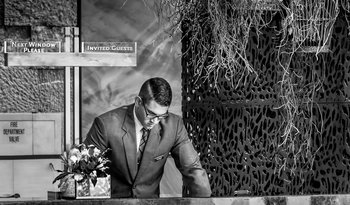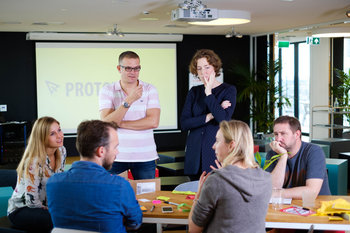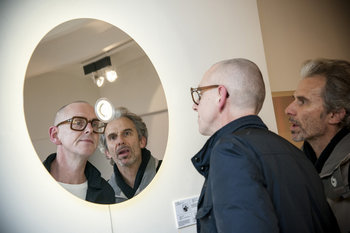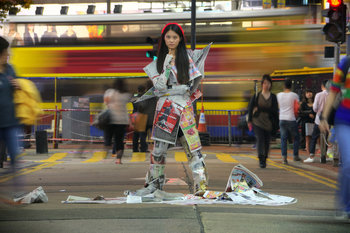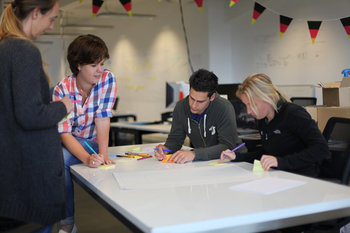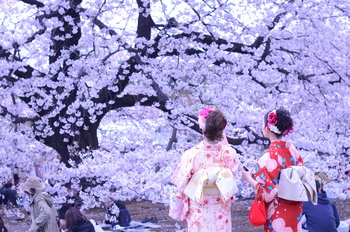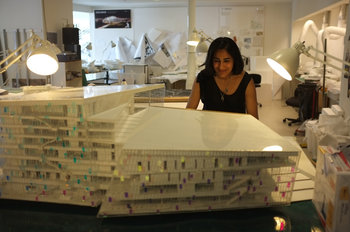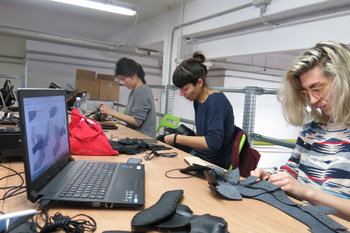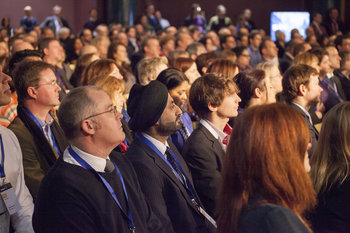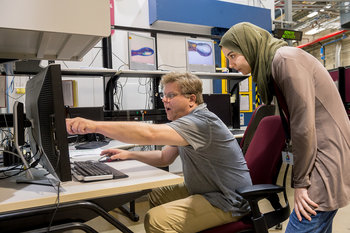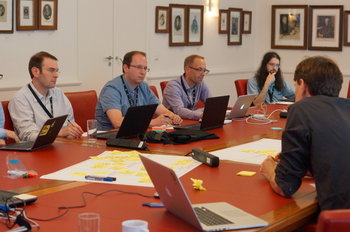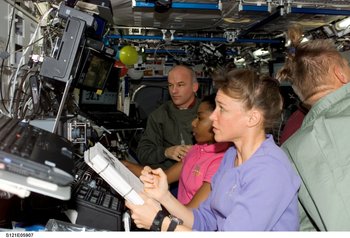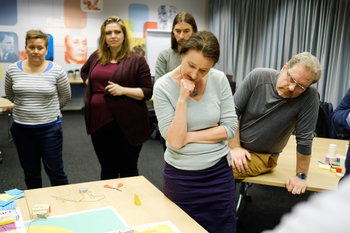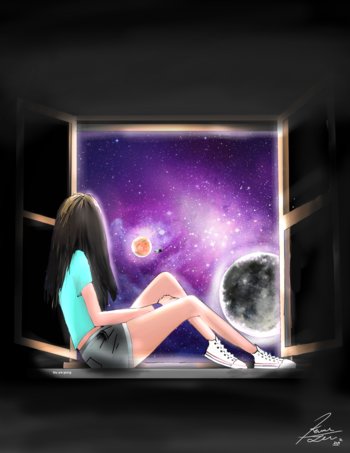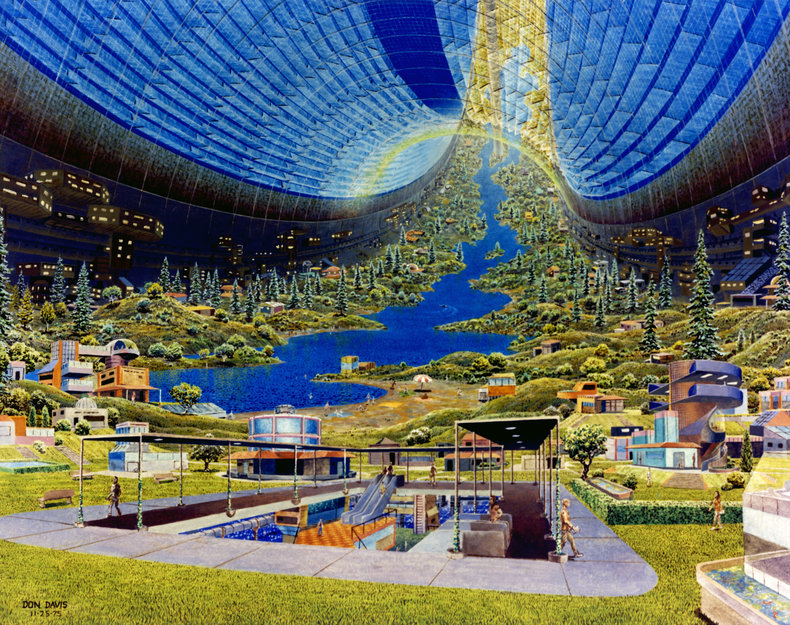
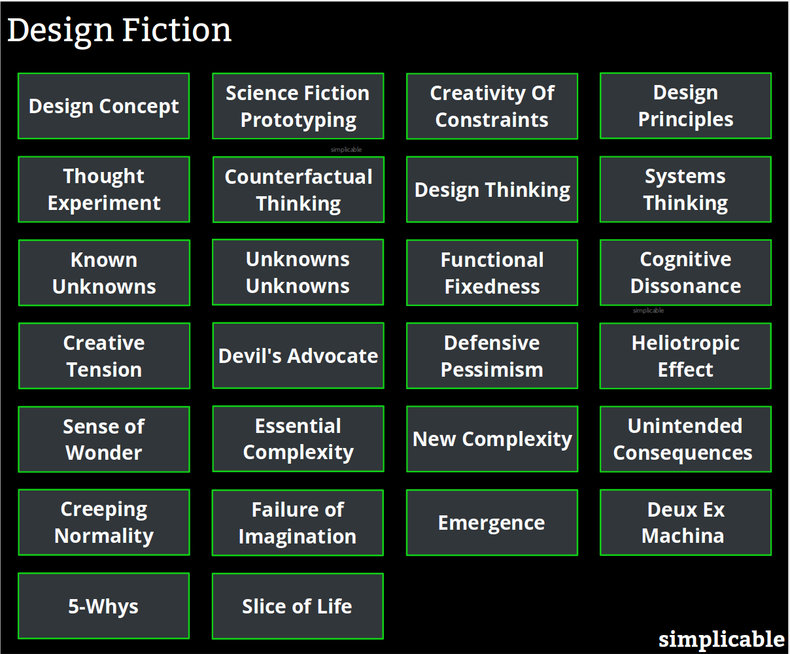
Design Concept
Most design fiction outlines design at the concept level. This allows for imaginative designs as the details of implementation don't need to be worked out.Science Fiction Prototyping
The use of a science fiction stories to outline design concepts.Creativity Of Constraints
Imposing constraints on a design to explore creative possibilities. For example, a design concept for intercontinental high speed trains that must be competitive with aircraft in terms of travel time and energy consumption.Design Principles
Exploring a design principle. For example, designs for self-powered vehicles based on the principle of design to the edges such that they are accessible to a broad range of people including people with disabilities.Thought Experiment
Considering a situation or analogy that simplifies a complex problem or posses an interesting question.Counterfactual Thinking
A thought experiment that changes facts about the past to imagine how things could have been different.Design Thinking
Applying design to areas that aren't traditionally viewed as design problems such as politics, culture and society.Systems Thinking
Designs that explore the complex variables in a system.Known Unknowns
Exploring things that are unknown in order to provoke thought. For example, designs that tackle unresolved questions in a science or domain.Unknowns Unknowns
Design concepts that uncover new unknowns or that explore the concept of unknown unknowns.Functional Fixedness
Design fiction may challenge functional fixedness, the tendency for people to view objects and spaces as having a static set of uses.Cognitive Dissonance
Proposing seemingly contradictory ideas in order to shake confidence in the status quo. For example, a design that explores both the value of less is more and less is a bore.Creative Tension
Stories designed to create disagreement and discord in order to smash status quo thinking.Devil's Advocate
Pitching a system that has obvious negatives in order to generate resistance.Defensive Pessimism
Exploring pessimistic scenarios as a means to improve design ideas.Heliotropic Effect
Painting an inspiring picture of what people can be in order to make the status quo feel hopelessly inadequate.Sense of Wonder
Designs that deal in emotion to create a sense of wonder as opposed to conveying ideas.Essential Complexity
Concepts that challenge the complexity of systems or products to suggest there is a way that is both simpler and more valuable.New Complexity
Exploring extremely complex solutions as a rejection of minimalism.Unintended Consequences
Design fiction may suggest that current, proposed or theoretical systems will have unintended consequences.Creeping Normality
Showing how things got worse slowly such that people accepted what was once unacceptable.Failure of Imagination
A common theme of design fiction is that current designs suffer from a failure of imagination such that they assume the future will resemble the past.Emergence
Design fiction that compares processes of emergence with designs that are planned upfront.Deux Ex Machina
Stories that paint a bleak picture and then suddenly solve all problems with a surprisingly twist.5-Whys
A problem analysis technique that can be used to tell stories. Asks the question "why?" five times in succession to uncover fundamental motivations, needs and causes.Slice of Life
A common approach to design fiction is to use slice of life storytelling that depicts people interacting with designs in scenarios that are familiar to the target audience.| Overview: Design Fiction | ||
Type | ||
Definition | A design concept based on narrative. | |
Related Concepts | ||


